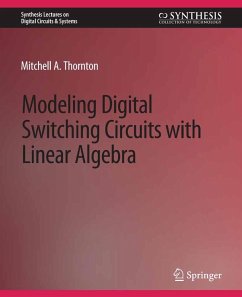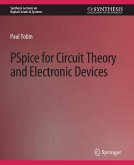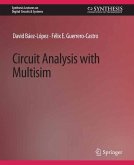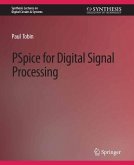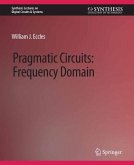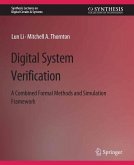Modeling Digital Switching Circuits with Linear Algebra describes an approach for modeling digital information and circuitry that is an alternative to Boolean algebra. While the Boolean algebraic model has been wildly successful and is responsible for many advances in modern information technology, the approach described in this book offers new insight and different ways of solving problems. Modeling the bit as a vector instead of a scalar value in the set {0, 1} allows digital circuits to be characterized with transfer functions in the form of a linear transformation matrix. The use of transfer functions is ubiquitous in many areas of engineering and their rich background in linear systems theory and signal processing is easily applied to digital switching circuits with this model. The common tasks of circuit simulation and justification are specific examples of the application of the linear algebraic model and are described in detail. The advantages offered by the new model as compared to traditional methods are emphasized throughout the book. Furthermore, the new approach is easily generalized to other types of information processing circuits such as those based upon multiple-valued or quantum logic; thus providing a unifying mathematical framework common to each of these areas. Modeling Digital Switching Circuits with Linear Algebra provides a blend of theoretical concepts and practical issues involved in implementing the method for circuit design tasks. Data structures are described and are shown to not require any more resources for representing the underlying matrices and vectors than those currently used in modern electronic design automation (EDA) tools based on the Boolean model. Algorithms are described that perform simulation, justification, and other common EDA tasks in an efficient manner that are competitive with conventional design tools. The linear algebraic model can be used to implement common EDA tasks directly upon a structural netlist thus avoiding the intermediate step of transforming a circuit description into a representation of a set of switching functions as is commonly the case when conventional Boolean techniques are used. Implementation results are provided that empirically demonstrate the practicality of the linear algebraic model.
Dieser Download kann aus rechtlichen Gründen nur mit Rechnungsadresse in A, B, BG, CY, CZ, D, DK, EW, E, FIN, F, GR, HR, H, IRL, I, LT, L, LR, M, NL, PL, P, R, S, SLO, SK ausgeliefert werden.

